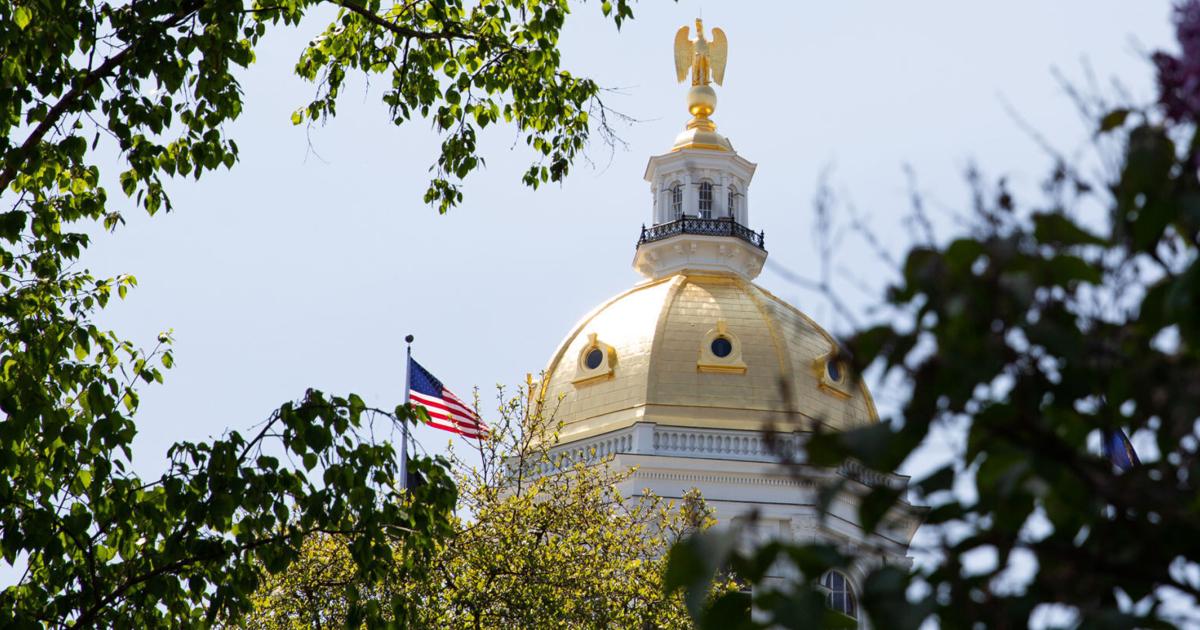Kentucky Students Should Have Equal Opportunities as Their Peers in Other States

Kentucky's Educational Landscape: A Call for Choice and Diversity

In recent years, the educational system in Kentucky has drawn considerable attention, especially regarding the options available to families. While education should be a fundamental right for all children, the reality is that parents in Kentucky face significant limitations in choosing what’s best for their children. Unfortunately, wealthier families often hold the upper hand, affording private school tuition or moving into neighborhoods with well-rated public schools. This systemic inequality leaves families with fewer resources feeling trapped, and they often feel that their children are not receiving the educational opportunities they deserve.
However, there’s hope on the horizon for Kentucky families. As educational landscapes across many states evolve, initiatives aimed at increasing school choice—especially for low- and middle-income families—are gaining momentum. The upcoming Amendment 2 presents an opportunity to bolster educational options for children throughout the Commonwealth.
The Current State of Education in Kentucky
Kentucky’s education system faces serious challenges, especially highlighted by a significant decline in reading and math scores since the COVID-19 pandemic struck. According to research conducted by 50CAN and Edge Research, nearly 40% of parents in Kentucky believe they lack adequate educational choices for their children, a feeling that outstrips the national average. This worrying statistic underscores the urgent need for a shift in approaches to education in the state.
Educational choice has emerged as a powerful concept, offering various options like public charter schools and private institutions—each capable of catering to diverse student needs. The core argument is simple: no single educational format can effectively serve every child’s unique requirements. Therefore, it is critical for families to have a wide range of choices at their disposal.
Why School Choice Should Not Be a Partisan Issue
One of the most compelling aspects of the school choice movement is its bipartisan nature. States of differing political leanings—whether red or blue—have successfully implemented school choice initiatives that coexist with traditional public schools. For instance, in Washington D.C., nearly an equal number of children attend charter schools as they do conventional district schools. However, some vocal critics aim to paint the conversation as a binary choice act—public schools versus school choice—when, in reality, Kentucky can support both pathways to education.
Competition among schools could catalyze improvement, pushing traditional public schools to become more effective and accountable. Schools that know families can easily opt for alternatives are likely to take students’ needs more seriously, enhancing the overall educational environment.
Expanding Opportunities through Amendment 2
Recent years have seen encouraging steps towards expanding educational choice in Kentucky. As neighboring states successfully implement public and private school choice programs, Kentucky has yet to catch up. A prior attempt to establish a charter school program in the state was thwarted by a state Supreme Court ruling, leaving many families without access to essential educational alternatives.
However, with the upcoming amendment put forth to voters this November, there’s a renewed hope for Kentucky’s educational future. If passed, Amendment 2 would grant the Kentucky General Assembly the power to provide financial support for students attending schools outside the framework of common public schools. This could open the door to various responsible choice programs that are beneficial not just to students but also to local economies and communities.
The Way Forward for Kentucky Families
As parents and educators voice their needs, the call for educational variety has never been clearer. The argument for a robust school choice policy is not merely about options; it’s about fulfilling the diverse needs of all students. By supporting public education for those who choose it while also allowing for additional choices, Kentucky can position itself as a leader in student-centered education policies.
In conclusion, Kentucky stands at a crossroads, challenging its longstanding traditional educational practices. A vote for Amendment 2 isn’t just a vote for choice; it’s a pivotal step toward leveling the educational playing field. Kentucky has the opportunity to ensure that every child, regardless of their family’s financial situation, has access to quality education that meets their unique needs. As the state approaches this critical juncture, it is worth remembering that the future of Kentucky’s children—and its educational system—hangs in the balance.





